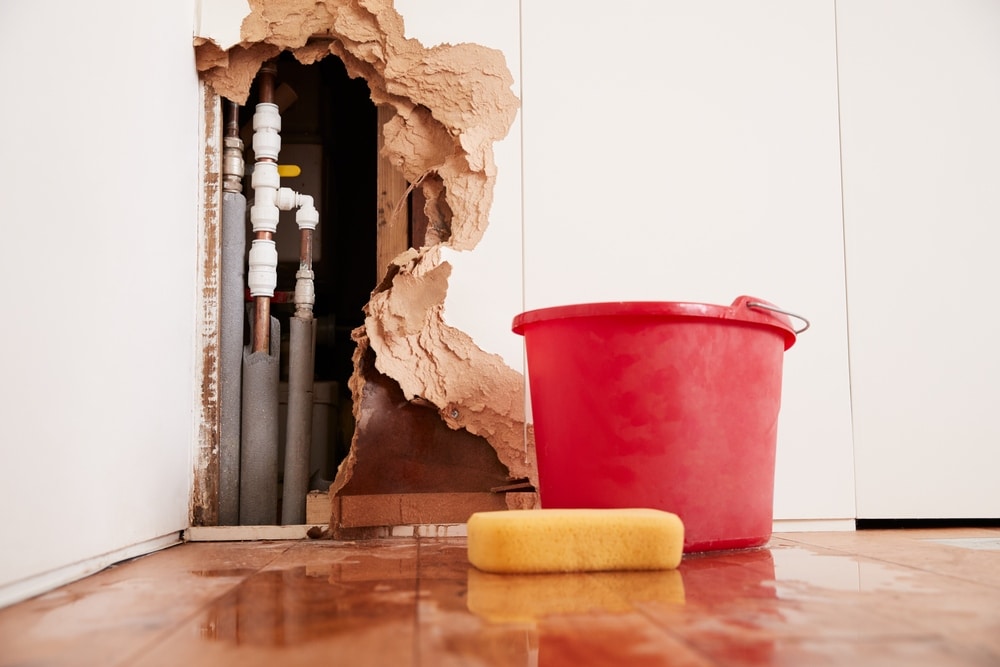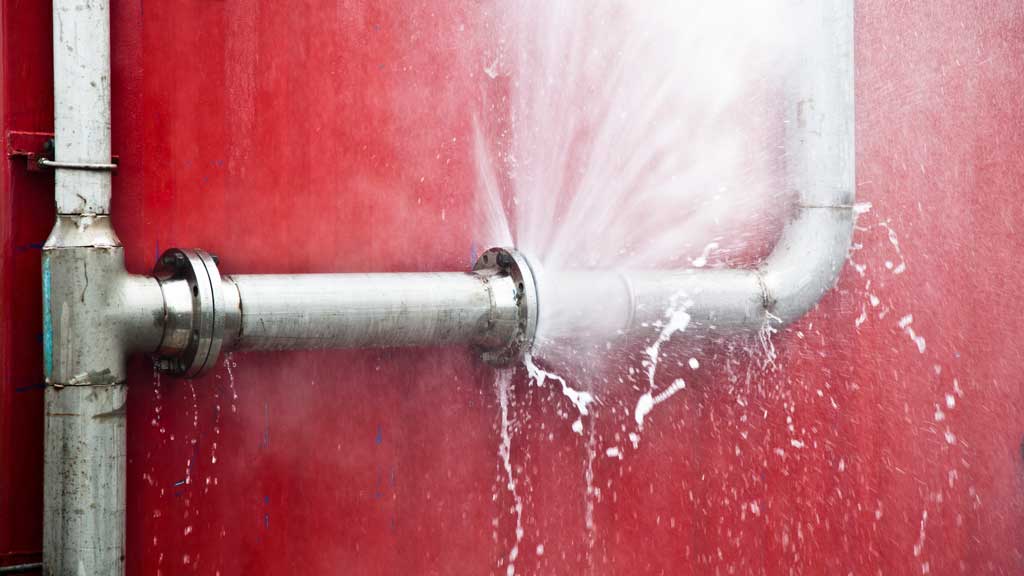How to Fix a Burst Pipe Yourself: A Step-by-Step Guide for Homeowners
How to Fix a Burst Pipe Yourself: A Step-by-Step Guide for Homeowners
Blog Article
Avoiding Burst Water Lines: Crucial Tips to Safeguard Your Pipes
Protecting against ruptured pipelines is a critical concern for homeowners, specifically during cooler months when the threat of cold is increased. Applying critical steps such as proper insulation, regular assessments, and preserving constant interior temperature levels can considerably minimize the chance of pipeline failing.
Understand Pipeline Vulnerabilities
Understanding pipeline vulnerabilities is crucial for effective plumbing maintenance and preventing expensive damage. Several factors add to the susceptibility of pipelines to ruptureds, including product composition, age, and environmental conditions. Older pipelines, particularly those made from galvanized steel or polybutylene, usually degrade with time, resulting in boosted threat of tears and leaks.
Temperature level variations can additionally considerably effect pipe honesty. In chillier environments, water caught in pipelines can ice up, putting in and broadening pressure on the pipe wall surfaces, which may eventually lead to a burst. High water stress can stress pipelines, specifically at joints and bends, enhancing the probability of failing.

Insulate Pipes Correctly
Correct insulation of pipelines is essential for preventing freezing and subsequent bursts during winter (burst pipe). Insulating your plumbing system efficiently safeguards against temperature goes down that can bring about expensive damage. Begin by identifying susceptible locations where pipelines are exposed to outside temperature levels, such as cellars, attic rooms, and outside walls
Use foam pipeline insulation sleeves or wrap insulation tape around these locations to offer a safety barrier. Guarantee that all sections of the pipelines, specifically those with limited warmth exposure, get ample insulation. Pay special attention to fittings and joints, as these are more vulnerable to freezing.
When insulating, it's essential to choose products that fulfill local building codes and are appropriate for the particular environment. As an example, fiberglass insulation is frequently advised for its thermal resistance residential or commercial properties - burst pipe. In addition, take into consideration making use of warmth cords or tape in severe problems, which can be connected in to supply extra heat
Frequently examine protected pipes for any type of signs of wear or damages, as jeopardized insulation can reduce its effectiveness. By taking these aggressive procedures, you substantially decrease the threat of pipe ruptureds, making sure a reputable plumbing system throughout the winter season.
Maintain Consistent Temperature
A stable interior temperature level is necessary for avoiding burst pipelines throughout the frigid months. When temperatures drop, water within pipelines can freeze, broadening and developing stress that might inevitably cause the pipes to ruptured. To mitigate this risk, home owners ought to keep a constant temperature level throughout their space, preferably no lower than 55 ° F(13 ° C)Using a programmable thermostat can aid manage interior temperatures effectively, making sure that rooms with plumbing remain cozy even when your house is empty. Pay special focus to locations that are extra at risk to cold, such as garages, cellars, and attic rooms. Keeping closet doors open under sinks can also enable warmer air from the home to flow around pipes.
On top of that, it is prudent to permit taps to trickle somewhat throughout severe cold snaps. This minor circulation of water can avoid cold by alleviating pressure within the pipes. During especially severe weather condition events, take into consideration temporarily putting on hold any type of nighttime setbacks on your thermostat to preserve a consistent cozy environment. By applying these methods, property owners can substantially reduce the threat of pipe ruptureds and protect their pipes systems against the rough winter season components.
Regularly Check Plumbing
Normal assessments of pipes systems are essential for preventing burst pipelines and preserving total home integrity. Throughout these assessments, it is important to take a look at noticeable pipelines for indicators of corrosion, leaks, or use.
In addition, inspecting connections and joints is crucial, as these factors are often prone to leaks. Home owners need to additionally analyze water pressure levels, as excessive pressure can strain the plumbing system and increase the risk of pipe bursts.
Think about organizing professional plumbing inspections at the very least as soon as a year, especially before learn this here now wintertime, to ensure your system is prepared for colder temperature levels. By being proactive in your method, you can safeguard your home versus the disruptive and costly repercussions of ruptured pipes.
Know Emergency Procedures
Recognizing emergency situation procedures is vital for every single house owner, particularly after carrying out regular pipes assessments. Being prepared for a plumbing emergency situation can significantly minimize damage and conserve costs. First, situate your primary water shut-off shutoff; it is generally located near the water meter or where the primary line enters your home. Familiarize yourself with its operation, as turning off the water supply swiftly can avoid considerable flooding.
Following, keep crucial see here tools helpful. A pipes emergency set need to include a wrench, plunger, and towels, as well as a flashlight and a bucket for small leakages. In addition, consider having the contact info for a relied on plumber easily available, ought to the scenario rise beyond your control.
If you spot a leakage or burst pipe, immediately turn off the water system and alert your plumber. Moreover, document the damage with photos for insurance coverage objectives. burst pipe. Recognize the signs of potential plumbing problems, such as unusual water pressure fluctuations or damp places on walls
Inevitably, aggressive expertise and swift action are important in managing plumbing emergencies, guaranteeing your home stays protected and minimizing potential damages.

Conclusion
Finally, preventing ruptured pipelines necessitates a multifaceted method that includes understanding pipeline susceptabilities, proper insulation, preserving consistent interior temperatures, routine assessments, and understanding of emergency situation procedures. By applying these vital methods, the risk of pipes failings can be substantially reduced, thus ensuring the long life and efficiency of the pipes system. Positive steps not just safeguard versus prospective damages but also contribute to overall water conservation and the protection of home.
In chillier environments, water caught in pipelines can ice up, applying and expanding pressure on the pipeline wall surfaces, which may ultimately lead to a ruptured. When temperatures decrease, water within pipes can freeze, broadening and developing stress that might ultimately trigger the pipes to ruptured. By executing these approaches, property owners can substantially lower the threat of pipe ruptureds and secure their pipes my response systems versus the extreme winter components.

Report this page